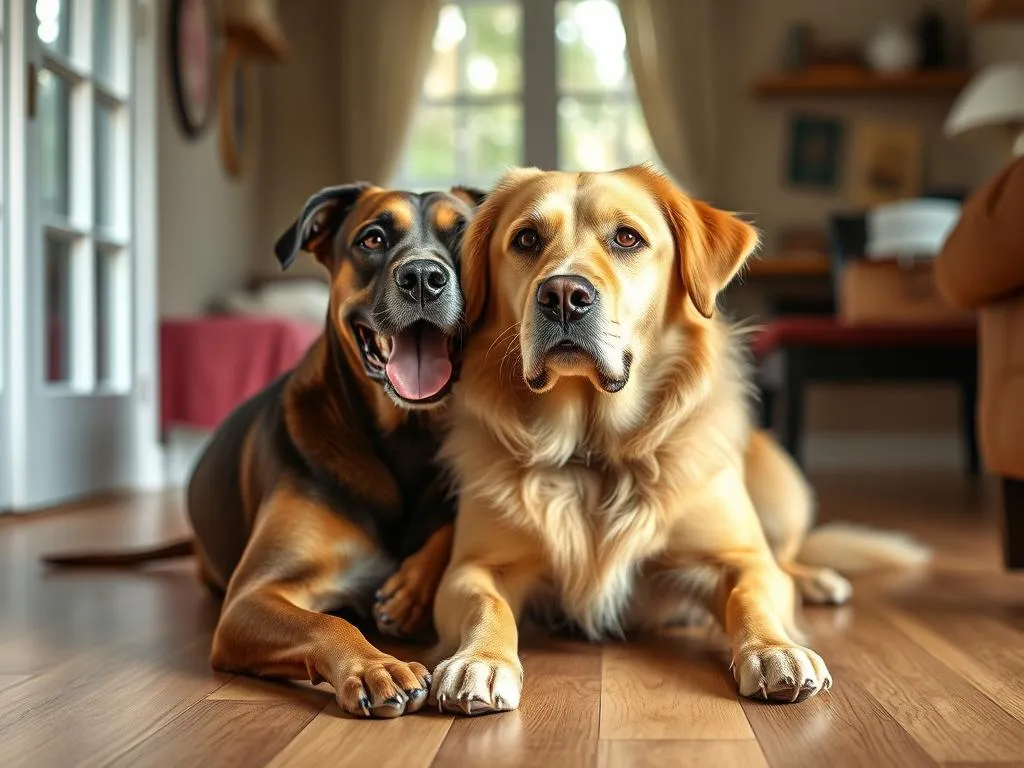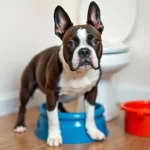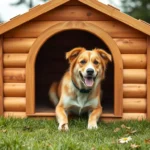
When it comes to keeping our furry friends happy and healthy, indoor exercises for dogs play a crucial role, especially for those living in urban areas or facing inclement weather. Many dog owners find themselves searching for effective ways to keep their pets active indoors, and understanding the importance of these exercises can enhance the overall well-being of our canine companions.
The benefits of indoor exercises for dogs extend beyond mere physical activity; they provide essential mental stimulation, encourage bonding with your pet, and help manage behavioral issues. Whether it’s a rainy day or you simply prefer the convenience of staying indoors, having a repertoire of engaging activities can keep your dog entertained and fulfilled.
Understanding Your Dog’s Exercise Needs
Different Energy Levels in Dogs
Dogs come with varying energy levels, which can significantly affect their exercise needs. Recognizing whether you have a high-energy or low-energy breed is vital in crafting the right indoor activities.
High-Energy Breeds: Breeds like Border Collies, Jack Russell Terriers, and Siberian Huskies are known for their boundless energy. These dogs require more vigorous and frequent exercise to stay happy and healthy. Indoor activities for these breeds should focus on high-intensity games that can burn off excess energy.
Low-Energy Breeds: On the other hand, breeds like Bulldogs and Basset Hounds tend to require less physical activity. While they still need exercise, it can be less intense and more focused on shorter play sessions. Indoor exercises for these dogs can include gentle tugging games or slow-paced training sessions.
Age and Health Considerations
Puppies: Young dogs are bundles of energy, and providing safe play opportunities is essential for their physical and social development. Indoor exercises can include short play sessions and interactive toys that promote learning and exploration.
Adult Dogs: Maintaining fitness and health in adult dogs is crucial, and indoor exercises for dogs can help achieve this. Regular play and training can prevent obesity and keep their muscles toned.
Senior Dogs: As dogs age, their exercise routines should be adjusted to prevent injury. Gentle indoor activities such as light fetch or slow-paced training can keep senior dogs engaged without overexertion.
Setting Up an Indoor Exercise Space
Creating a Safe Environment
Before diving into indoor activities, it’s essential to create a safe space for your dog. This involves:
- Removing Hazards: Identify and eliminate any dangerous items in the play area, such as sharp objects, toxic plants, or anything that could cause your dog to slip or trip.
- Designating a Play Area: Choose a specific area in your home where your dog can safely play. This could be a living room, basement, or even a hallway, as long as it’s free from hazards.
Necessary Equipment
Having the right equipment can enhance the experience for both you and your dog. Here are some suggestions:
- Toys: Invest in various types of toys suitable for indoor play, including interactive toys, chew toys, and puzzle toys that challenge your dog’s mind.
- Space Considerations: For small spaces, opt for compact toys and activities that don’t require much room. For larger areas, you can set up obstacle courses or dedicate sections for different games.
Engaging Indoor Exercises for Dogs
Interactive Play
Interactive play is crucial for keeping your dog physically active and mentally stimulated.
Tug-of-War: This classic game allows your dog to engage in a physical challenge. Ensure safe play by establishing rules, such as stopping the game if your dog becomes overly aggressive or if the toy is dropped. Use sturdy toys designed for tugging to prevent tearing and choking hazards.
Fetch: You can modify fetch for indoor use by choosing soft toys that won’t damage your walls or furniture. Create a designated throwing area and encourage your dog to retrieve and bring back the toy. This can also be a great way to practice commands like “drop it” or “bring it here.”
Mental Stimulation Games
Keeping your dog mentally engaged is just as important as physical exercise.
Puzzle Toys: These toys come in various forms and challenge your dog to think critically. They often require your dog to figure out how to access hidden treats, providing both mental stimulation and a reward for their effort.
Hide and Seek: This fun game can be played with both toys and people. Have someone hold your dog while you hide a favorite toy or treat. Then, release your dog to find it! This game not only exercises their body but also sharpens their sense of smell and problem-solving skills.
Training Sessions as Exercise
Training can be an excellent way to combine exercise with learning.
Basic Commands: Regularly practicing commands like “sit,” “stay,” and “come” can be a great way to keep your dog mentally engaged while also providing physical activity. Incorporate short training sessions throughout the day to keep things interesting.
Agility Training: Setting up a mini agility course indoors can be both fun and challenging. Use household items like chairs, broomsticks, or cushions to create hurdles and tunnels. Guide your dog through the course, rewarding them with treats for completing challenges.
Structured Exercise Routines
Creating a Daily Exercise Plan
Establishing a routine can help ensure your dog gets the right amount of exercise.
- Sample Schedule: Consider a morning session for higher-energy activities, an afternoon break for training or puzzle toys, and an evening playtime that includes gentle fetch or tug-of-war.
- Balancing Play and Training: A well-rounded routine should include both physical play and mental exercises. This balance helps prevent boredom and keeps your dog engaged throughout the day.
Tracking Progress
Keeping tabs on your dog’s activity level can help you adjust their routine as needed.
- Keeping a Log: Documenting your dog’s daily activities can help identify patterns and make it easier to notice if they’re getting enough exercise or if changes are needed.
- Adjusting the Routine: Be open to modifying your dog’s exercise plan based on their energy levels, age, and health. Regularly assess how they respond to different activities and make changes accordingly.
Dealing with Behavioral Issues
Recognizing Signs of Boredom
An under-exercised dog may exhibit various signs of boredom, including:
- Destructive Behavior: Chewing furniture or digging can indicate your dog needs more stimulation.
- Excessive Barking: If your dog barks more than usual, it may be trying to express frustration or boredom.
Preventive Measures
To keep your dog mentally stimulated and engaged:
- Calm Indoor Activities: Introduce activities that promote relaxation, such as gentle massage or quiet time with chew toys.
- Using Training to Channel Energy: Incorporating training sessions can help redirect excess energy and focus your dog’s mind, reducing the likelihood of behavioral issues.
Conclusion
Incorporating indoor exercises for dogs into your daily routine can significantly enhance the quality of life for your canine companion. From improving physical health to providing mental stimulation and strengthening the bond between you and your dog, these activities are essential, especially when outdoor options are limited.
By understanding your dog’s exercise needs, setting up a safe indoor environment, and engaging in a variety of activities, you can ensure that your pet remains happy and healthy, no matter the weather. Don’t hesitate to start implementing these indoor exercises today and witness the positive changes in your dog’s behavior and energy levels.
Appendix
Safety Tips for Indoor Exercise
- Health Checks: Always consult your veterinarian before starting new exercises, especially if your dog has health concerns.
- Monitoring Your Dog: Keep an eye on your dog’s physical condition during play to prevent injury or overexertion.
FAQs about Indoor Exercises for Dogs
- What are some quick indoor exercises for dogs?
-
Simple games like fetch, tug-of-war, and hide and seek can be set up quickly and don’t require much space.
-
How can I tire out my dog indoors?
-
Engaging in interactive play, mental stimulation games like puzzle toys, and short training sessions can help tire out your dog without needing to go outside.
-
Are there specific toys recommended for indoor play?
- Yes! Look for soft toys, interactive puzzle toys, and durable chew toys designed for indoor use to ensure safety and maximize fun.









